Is Europe Dying?
You love to vacation there, but here's what it's like to live in European Disneyland
“You really must buy a bra from Mojca,” my neighbor advised me. She pointed at the lingerie shop on Trubarjeva Street, next door to the cafe where I had joined a group of Slovenian women chatting over their morning coffee and cigarettes. Mojca, who ran the underwear store, was one of them.
Sadly, I never got around to having her take my measurements for the perfect bra. Next trip, I promised myself. Six months later, I was back on Trubarjeva Street and the bra shop was gone. Replaced by yet another souvenir store.
I heard Mojca found another job in the massive BTC shopping center on the outskirts of the city. Since I choose not to own a car in Slovenia, I have to take the bus there if I need to buy anything other than a stuffed toy dragon or a refrigerator magnet. Never mind custom-fit lingerie.
Apparently Europeans are just like Americans, preferring to drive their cars to suburban 'big box’ stores to go shopping. That leaves the charming streets of the historic center to the tourists — and the businesses that cater to them.
I own an apartment on Trubarjeva Cesta. Its residents and businesses take pride in being on the coolest street in Ljubljana. It even has its own Facebook page. Trubarjeva is named after Primož Trubar, publisher of a religious text that was the first book in the Slovene language. A craft beer store called “It’s OK, Primož” slyly poked fun at what the uptight preacher might think of the neighborhood’s present-day party vibe.
The beer store is padlocked now. A few other non-touristic businesses that managed to survive Covid are barely hanging on. Two former optical shops were empty storefronts the last time I was there. Another clothing store became a CBD shop, in anticipation of a new law to decriminalize marijuana.
Economic hardship took out the boutique bakery. “No one wants to pay 15 euros for a slice of cake,” the owner, Ema, said ruefully as she closed the doors. Her business couldn’t survive a 350 percent increase in the cost of everything from rent to energy to ingredients like eggs and sugar. The space is now a swanky art gallery that hardly anyone goes into.
There Goes the Neighborhood
Ljubljana residents complain they can’t afford to live in the center anyway. Landlords can make more money with AirBnB-type rentals. There are still a couple of chain grocery stores within walking distance and a bountiful farmers’ market across the river, so at least I won’t go hungry. There’s also an array of affordable street fare: Korean, Indian, Middle Eastern and the comfort food of the Balkans. Not a single restaurant serving traditional Slovenian dishes has survived on Trubarjeva Street.
The advantage of living in the historic center of Europe’s most charming capital city is that I see UNESCO world heritage every time I look out of my apartment windows. I chuckle at the tourists trying to take pictures on Ljubljana’s Dragon Bridge, where the snarling statues are perched just out of selfie range. But while it’s nice to see visitors enjoying the city that I love, I would also like to have more neighbors.
Instead of watching them move away.
One of my savvy American friends tried to console me by pointing out that cities are living entities. There’s a natural ebb and flow of businesses starting up, changing locations, or closing. Across the USA, we’ve seen Main Street hollow out when customers flock to the shiny new Walmart.
But that doesn’t fully explain why European capitals are beginning to feel more and more like theme parks. My family jokingly refers to the car-free zone of Ljubljana as Slavic Disneyland during the busy summer months. We even have rides! The funicular takes people to the top of the hill that the castle is on. Pontoon party boats offer one-hour cruises on the Ljubljanica River. Bright green electric Kavalir golf carts provide free transport for anyone too weary to walk the unbelievably clean cobblestone streets.
The tourists mostly travel in clumps. Buses drop them off at designated spots on the outskirts of the pedestrian zone. Tour guides patiently lead them through the architectural landmarks and the produce market, where they gawk at the machine that dispenses raw milk from local cows. Few venture off of the riverfront lineup of bars, cafes and restaurants before getting back on the bus to the next Insta-worthy attraction.
On a much smaller scale, Ljubljana is dealing with mass tourism that has affected cities across Europe and slows no signs of slowing down. According to a survey of travelers searching for airfare bargains, 83% have chosen a destination somewhere in Europe. A writer for Vox lamented that Americans trying to have the perfect vacation are killing the culture that made them want to visit Europe in the first place.
But it’s not just Americans. There are also plenty of Slovenians enjoying their capital city for a special event, like the Open Kitchen food fair held on Fridays in nice weather next to the cathedral. But most of these people will jump right back in their cars and head home to the suburbs and smaller towns, where the housing is more affordable.
Priced Out of the Market
One big issue is the shortage of parking in the center. The mayor set off a firestorm by proposing to dig yet another underground garage beneath the historic market square. An even bigger issue is the lack of affordable city apartments for young families, with most new construction catering to the high-end market of mostly foreigners and a few well-connected locals.
Larger economic forces are also in play. A much-anticipated EU economic report found Europe falling behind both the US and China in everything from per capita income growth to technological innovation. Life is good, if you don’t mind a future as the world’s favorite amusement park. According to some travelers, even the EU capital city of Brussels has become exactly that. Despite recent gains by political forces hoping to “Make Europe Great Again,” I learned on a recent press trip that there’s no real appetite for change among the EU bureaucrats in charge.
The sad part is what’s left behind when the last Aperol Spritz has been sipped, the last selfie has been snapped and the visitors go home. Because everybody wants to visit Disneyland. But does anybody want to live there? Let me know in the comments.
In the News
Now back to the news you can use to travel better.
Christmas Market Tourism
Traveling outside the peak summer months is a great way to enjoy Europe. Just about every city and town has a Christmas Market, although the one in Ljubljana has the politically correct name of Festive December Market because they celebrate the holiday on three different days and light up the city for an entire month. Read more about Festive December on the blog and watch the video.
FREE stuff in Copenhagen?
CopenPay is a program to reward visitors for making eco-friendly choices. Last summer, you could earn a FREE lunch or a FREE kayak tour for a range of activities described on the Visit Copenhagen website. They will launch a new lineup of activities for 2025.
Crackdown on Hugs at the Airport
Last time I checked, hugging your loved ones when you drop them off at the airport was FREE. But at one airport in New Zealand, hugs longer than three minutes are not allowed. The Dunedin airport doesn’t exactly have the hug police, but the signs urge anyone planning to hug for more than 20 seconds to park the car and say their lovey-dovey goodbyes in the parking lot.
Thanks for subscribing to this FREE travel newsletter that lands in your inbox once a month with no advertising. And if you need a fix in between newsletters, there’s always the Strangers in the Living Room travel blog to tide you over. See you in Festive December.

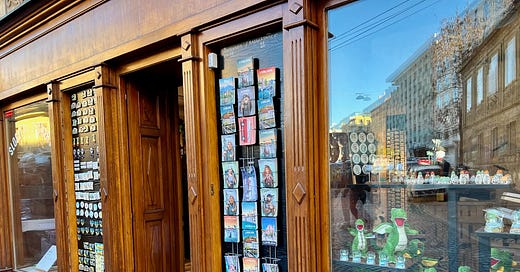



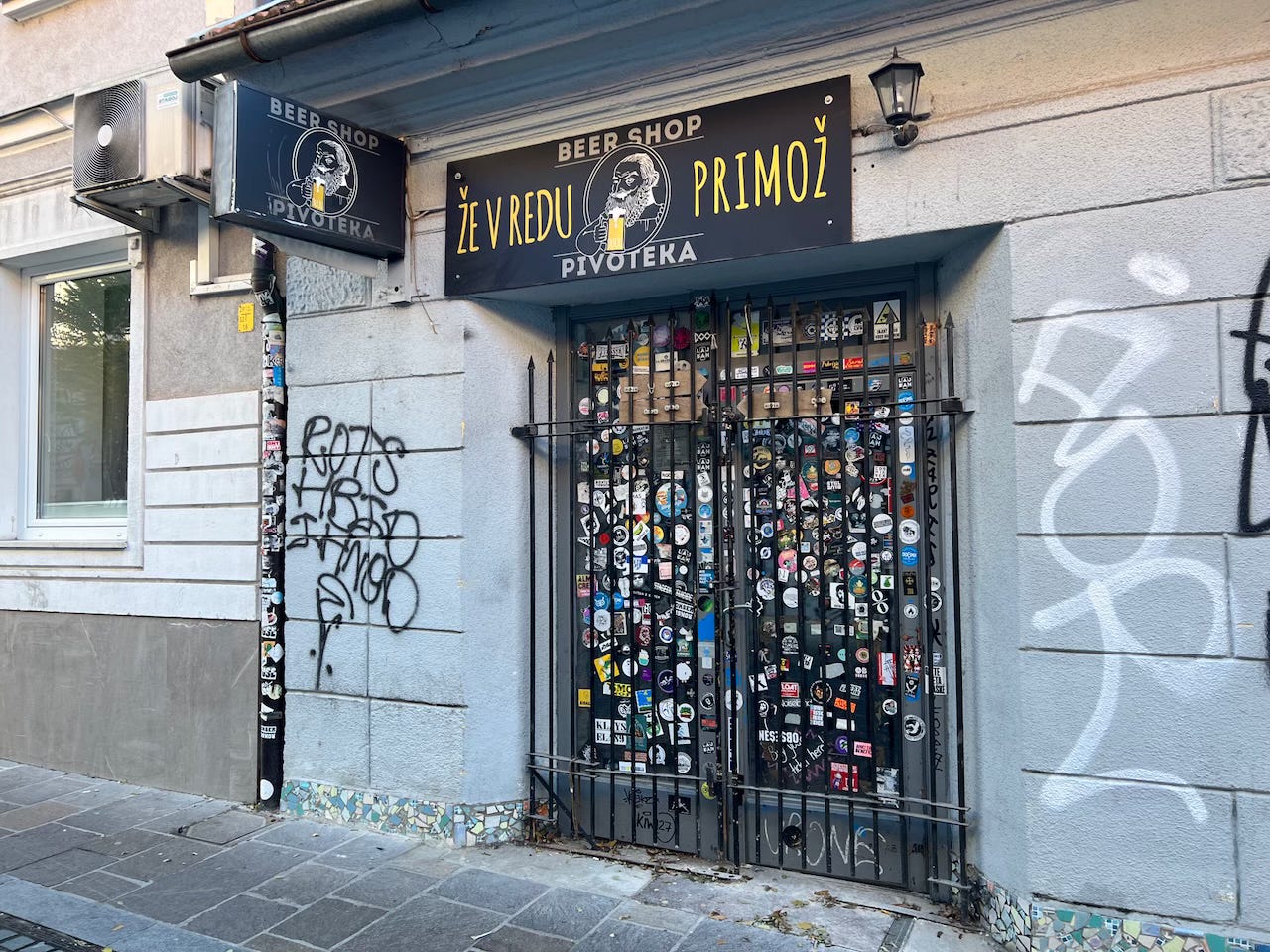
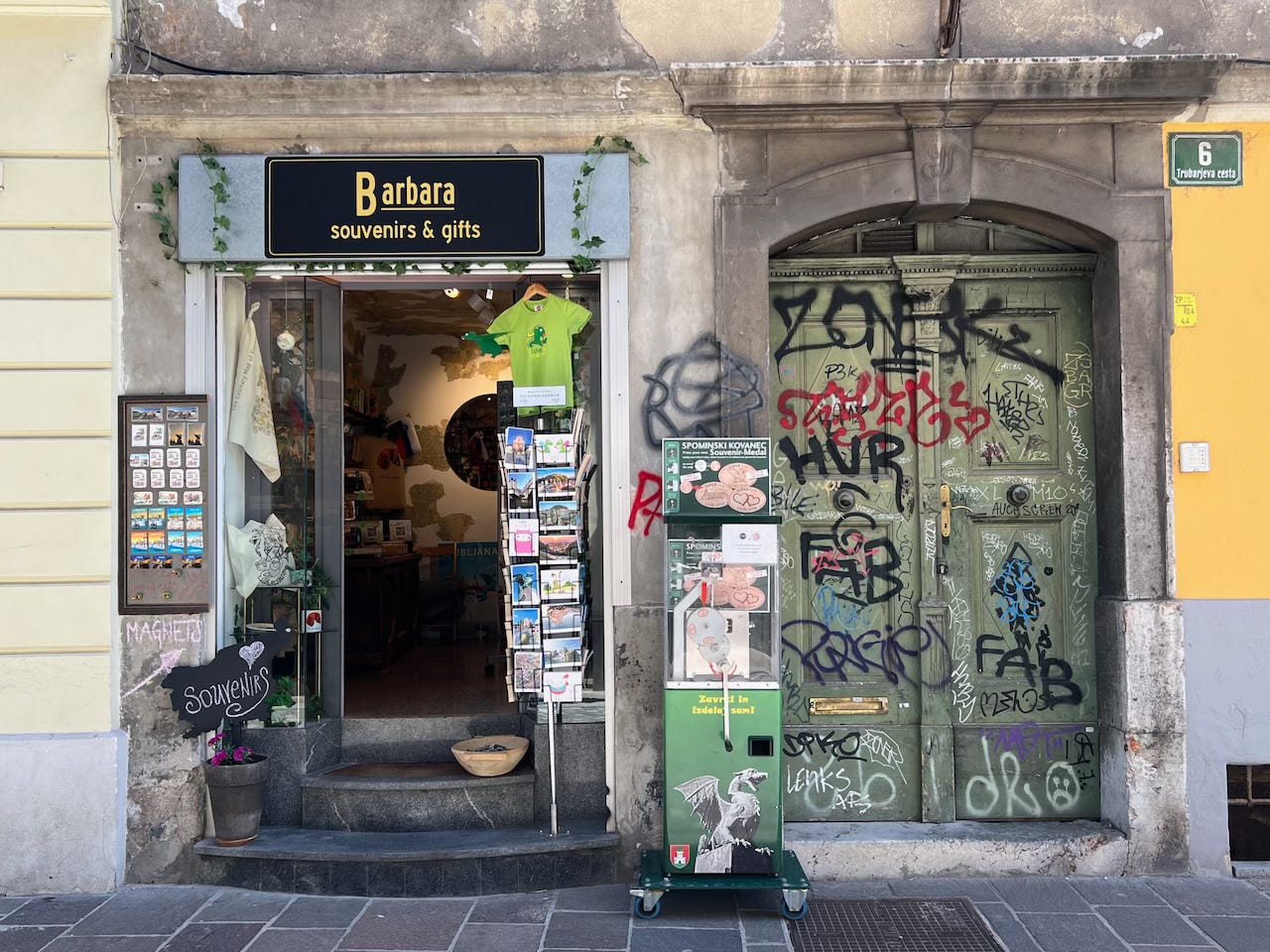
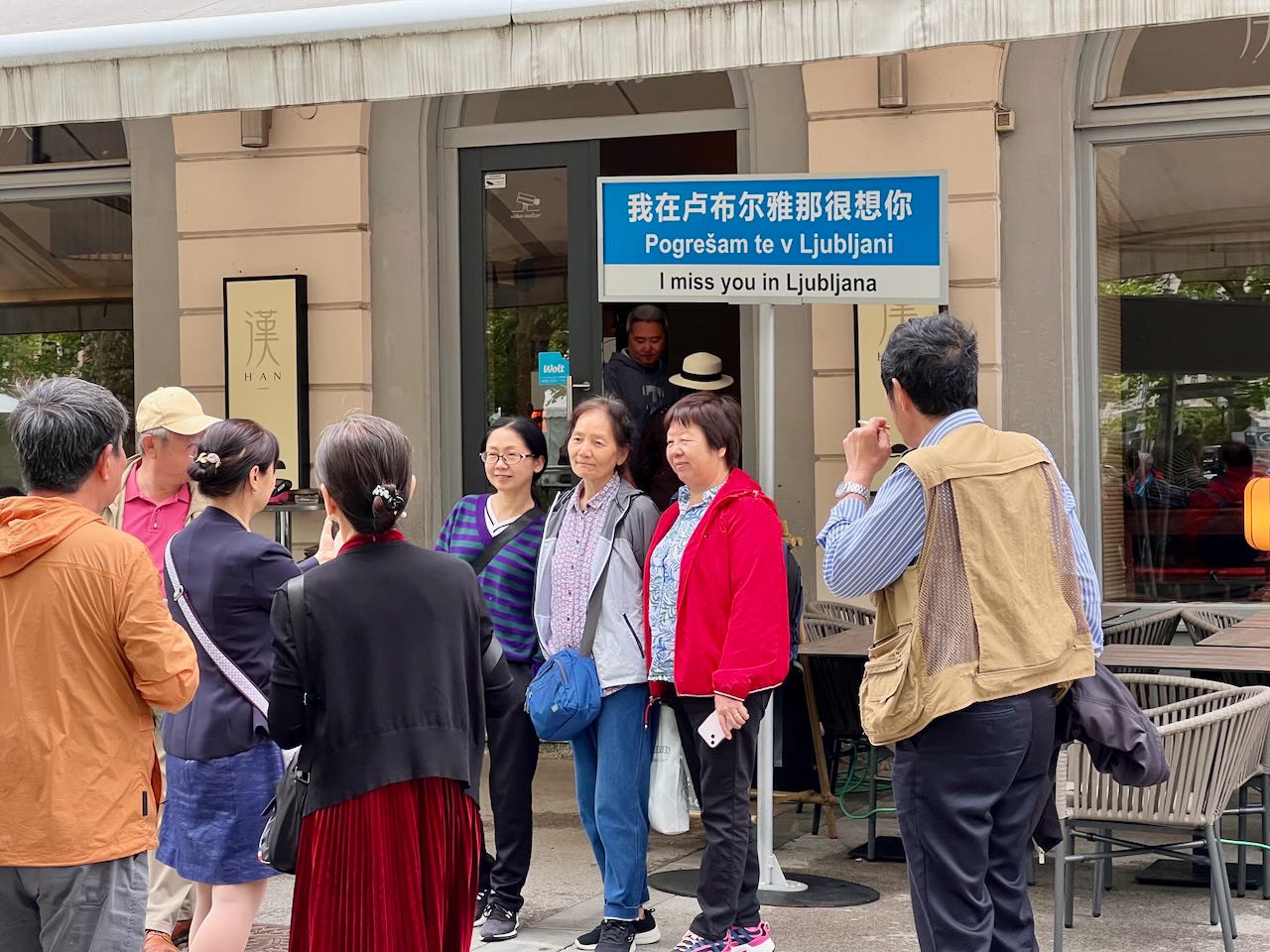
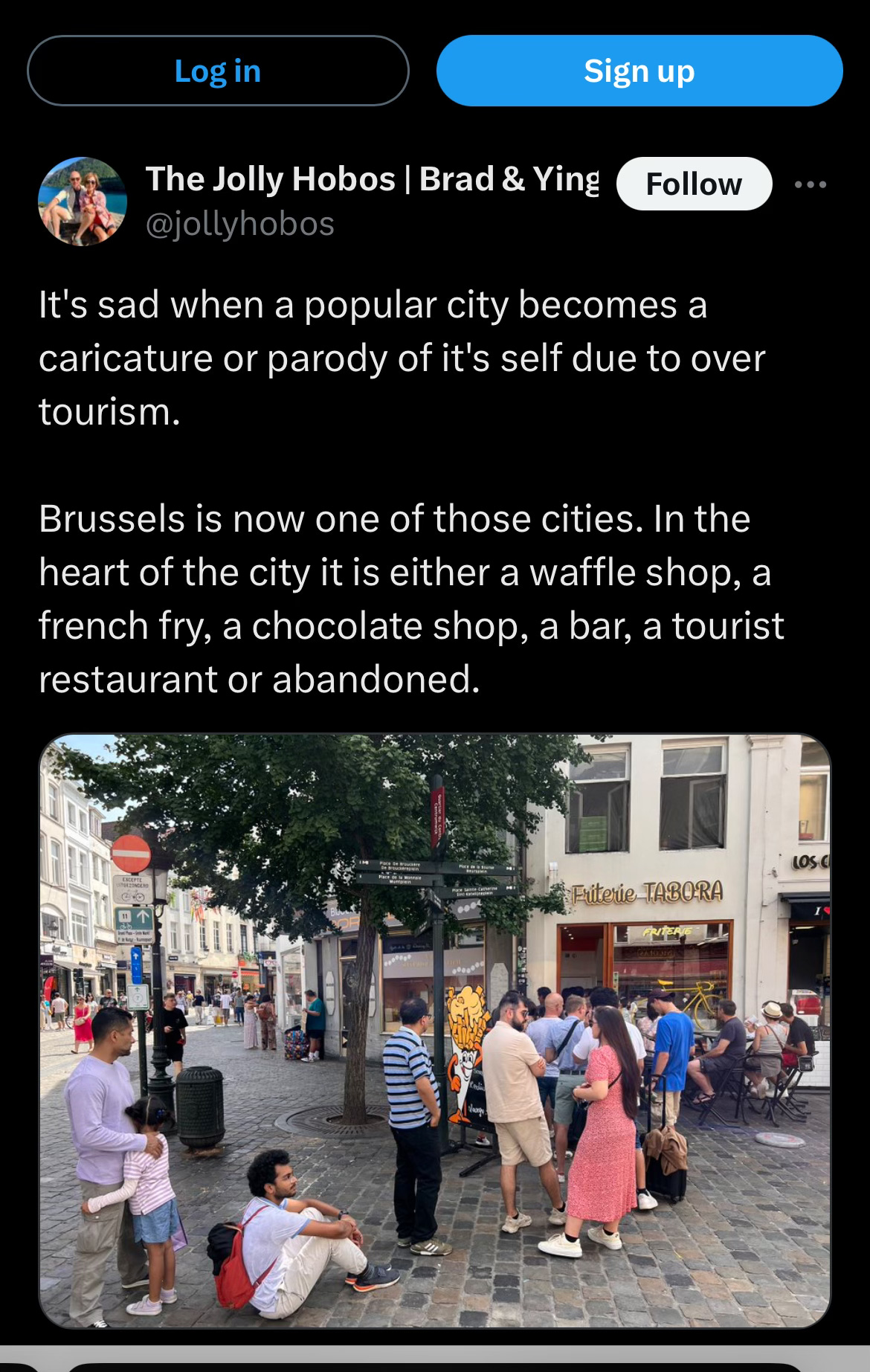
Sad but true.
And add to the equation Europeans are an average of nearly 45 years old. The US is 38 on average. So, stands to reason fixed income seniors aren’t able to keep up with increased costs and cost their economy more to support on average.